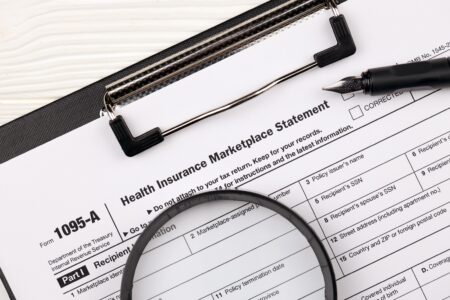
HIPAA Violations Could Cost Your Practice More Than You Think- Guest Post
In this article, we will focus on the Health Insurance Portability and Accountability Act (HIPAA) of 1996. We will look at what HIPAA is, what constitutes a HIPAA violation, and how much a HIPAA violation can cost your business. Defining



